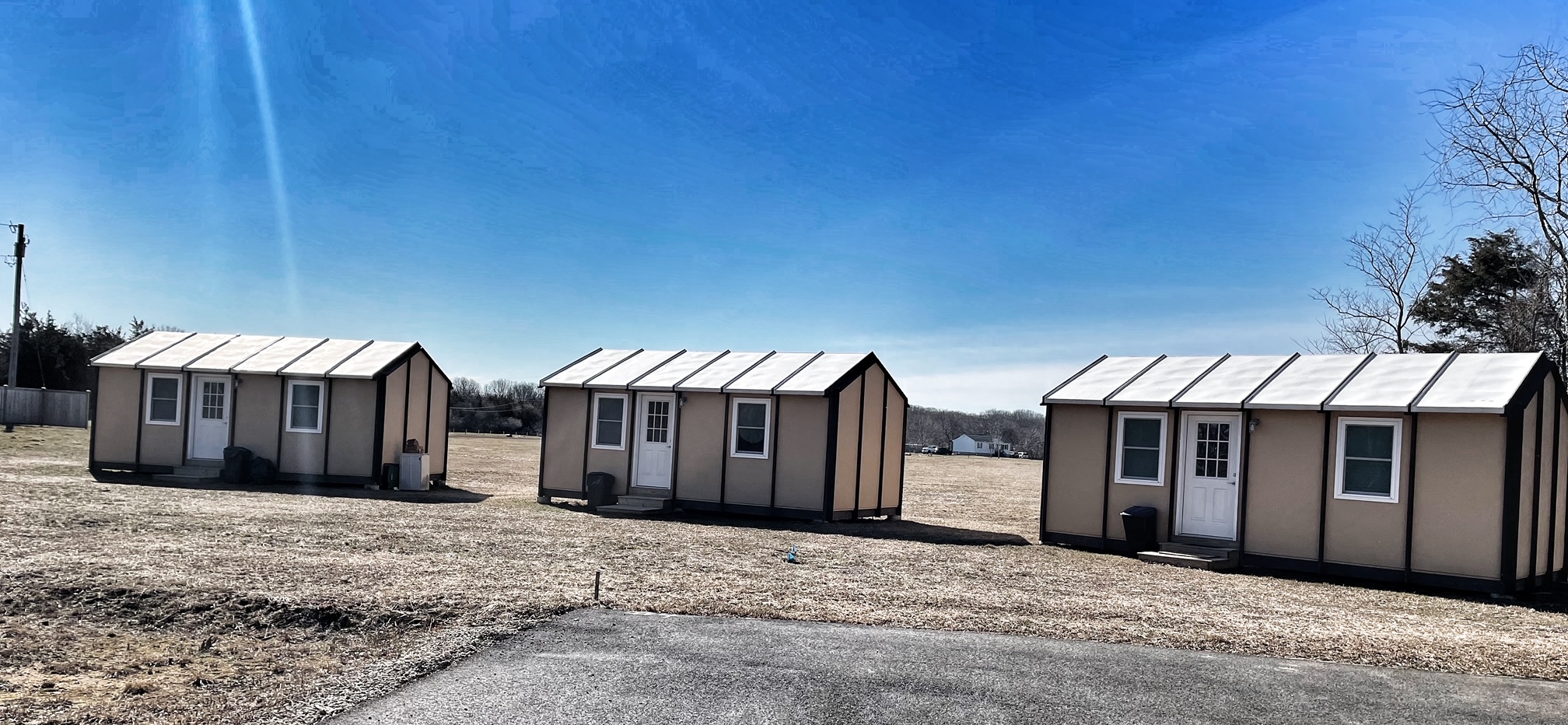Shinnecock Voices: Environmental Sustainability from an Indigenous Point of View

For over 20,000 years the Tribal Nations in North America have protected the land, water and environment through a sustainable relationship with the earth. We deeply care for the lands and waters and the living beings that exist in these spaces.
In return the earth and its beings care for us. Today, we find ourselves in a desperate situation to mitigate irreversible damage to our planet, and tribal nations are leading in climate action through innovative and unique ways, and always looking for solutions for their communities so that the next generation has a place to call home. We are the supreme experts when it comes to environmental sustainability.
Traditional sustainable energy is free, natural and all around us from the wind, water and sun. Today tribes are embarking on new renewable energy systems and solutions to mitigate high energy costs and to minimize their carbon footprint. The Shinnecock Nation is one example of those tribal nations that are using solar energy to sustain life. Shinnecock people recognize the sun as keeper of energy, a giver of life. We have been taught to use the sun’s power in a good way.
In 2022, the Nation build a series of tiny homes to provide safe reliable housing for unhoused tribal members and families. To power these homes Shinnecock has decided to deploy a solar array and battery storage system.
Tribal Housing Director Phil Brown says that the goal of the Net-zero Energy for Homeless Transitional Housing project is to provide our homeless and transitional tribal members with energy efficient dwellings that are powered by renewable energy electric generated systems that also have backup energy storage capacity should the electric grid go down for a couple of days.
In an effort to mitigate our carbon footprint and to improve our energy resiliency we have chosen to use a solar array, which is a clean renewable energy source with backup battery storage to provide electric power for our buildings through a net metering connection to the PSEG grid.
This Transitional Housing Development will be on the cutting edge of both energy efficient construction materials and renewable energy generation technologies. The Shinnecock Nation and our partners will train a workforce in the construction/installation, repair, maintenance and data collection of both the building’s energy efficiency performance, its solar energy generation and backup storage systems.
This system is funded by a generous grant from GRID Alternatives’ Tribal Solar Accelerator Fund. The Tribal Solar Accelerator Fund (TSAF) works in partnership with tribes to bring technical, financial and cultural resources to support their projects and address their unique challenges and opportunities.
At its core, TSAF is about mobilizing and developing tribal solar projects and integrating workforce development and training, nation-building and strengthening the energy resilience of tribal communities with visions for a clean energy outlook for generations to come. The TSAF supports tribes in asserting control over their energy resources and focuses on making solar implementation feasible by leveraging state and federal programs, philanthropic dollars and partnerships with other tribes across Indian County.
The TSAF remains one of the only grantmaking programs specifically designated for tribal solar projects and cultivating the next generation of tribal energy leaders. Through our grants, fellowships and scholarships, we are strengthening the capacity of Indian Country to lead the way to a renewable energy future.
TSAF is doing three key things to create a tribal renewable energy community that enhances and strengthens energy resilience and energy sovereignty by: increasing access to funding for tribal communities to achieve their renewable energy goals; supporting tribal leaders and youth in renewable energy to transform their communities; and supporting tribal partners to build capacity to address their community’s energy needs, and achieve their renewable energy visions.
In 2022, the Tribal Solar Accelerator Fund at GRID Alternatives granted over $3.2 million in solar and renewable energy projects to over 20 tribal communities across the United States. Over the past four years, the TSAF has funded renewable energy projects in 65 tribal communities across the United States. With over 500 tribes across Indian Country, we are becoming a valuable resource for renewable energy project needs.
The transitional house project at Shinnecock is just one way the Nation is embarking on sustainability practices. Protecting our ecosystem has always been our way. Our waterways are currently threatened by insane pollution from the communities that surround our tribal territory.
Six Shinnecock women are working hard to protect our water by establishing an incredible kelp farm in our waters. It is called the Shinnecock Kelp Farm. The kelp is also used as a natural fertilizer and has a plethora of other healthy and sustainable uses. As it grows it sequesters pollution that is dumped into Shinnecock Bay from new homes and marine vessels in the area. It’s truly a natural and traditional way of maintaining the balance in the water ways.
Across the country, indigenous people are leading new modern efforts to increase environmental sustainability with traditional knowledge that has been passed down for thousands of years.
It is our hope that you cherish, love and project out special ecosystem with the same passion as us, the Shinnecock, people of the stony shore.
Christian Weaver, president of the Wampum Group, has been in the development and strategic planning industry for nearly 20 years. He is passionate about lifting communities and has dedicated his career to making a positive impact in the lives of others.
“Shinnecock Voices” is a monthly column in which citizens of the Shinnecock Nation share stories and opinions and discuss the projects and campaigns they’re working on, to allow readers an inside view into their incredible community.



